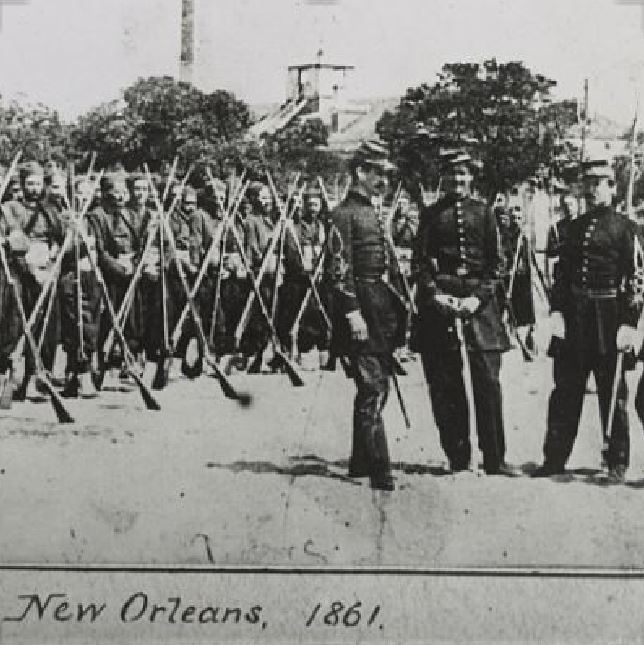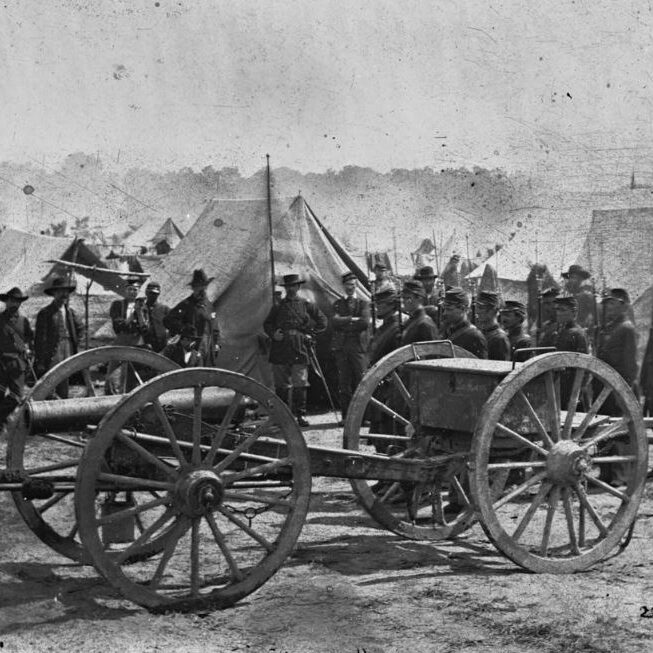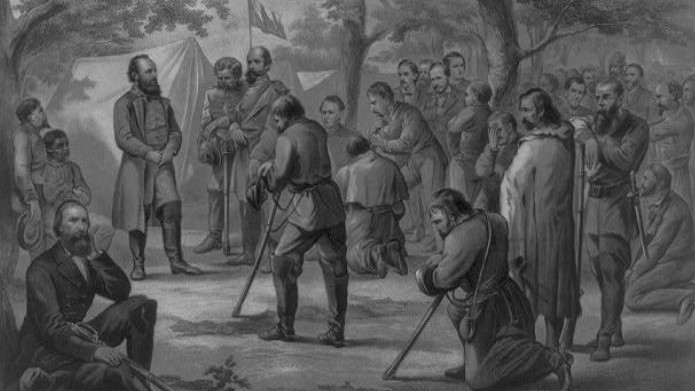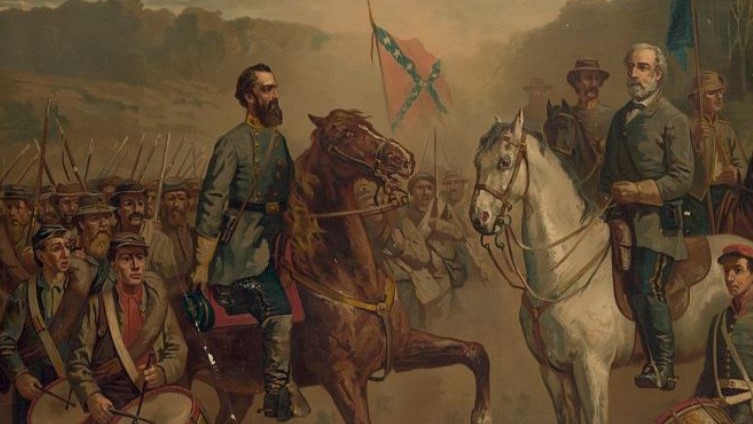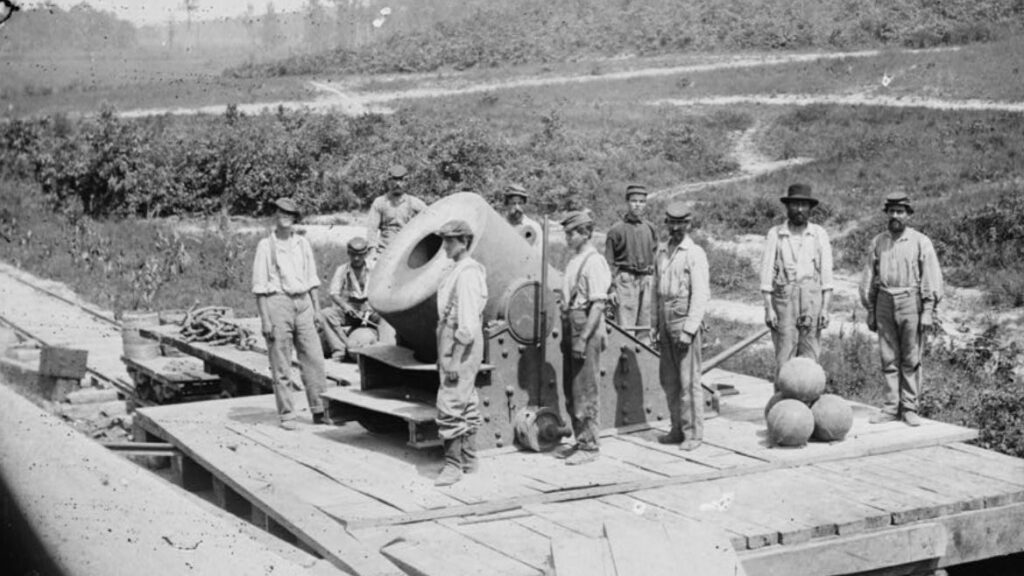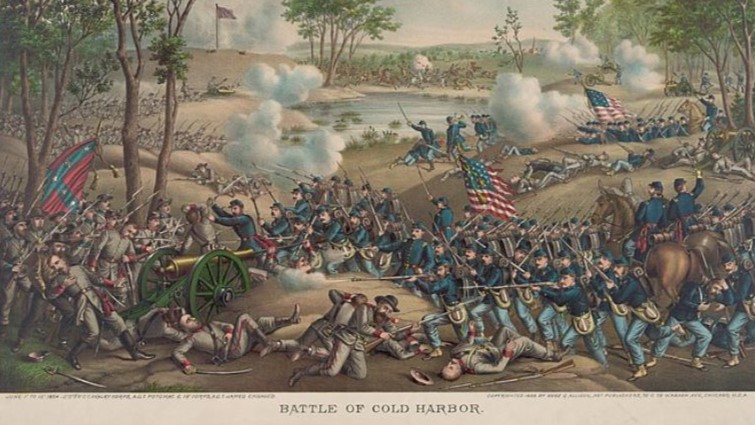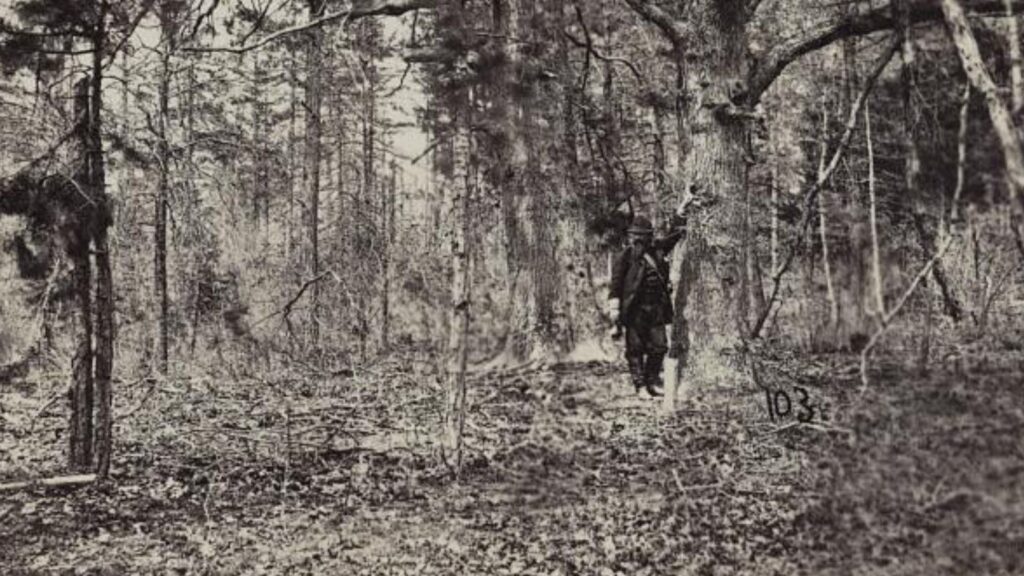What Side Was Louisiana On in the Civil War? During the American Civil War (1861-1865), Louisiana initially seceded from the Union and joined the Confederate States of America.
Louisiana played a significant role in the conflict, with notable battles and military actions taking place within its borders.
However, as the Union forces advanced and captured parts of Louisiana, the state experienced a complex and fluctuating military and political situation. Ultimately, by the end of the war, Louisiana was brought back under Union control.
In this article we explore Louisiana’s intricate role in the Civil War in more detail, initially siding with the Confederacy but undergoing a pivotal shift to Union control in 1862.
1. Key Events Leading to Louisiana Joining the Confederacy
The trajectory of Louisiana’s involvement in the American Civil War was not a sudden leap but rather a series of interconnected events that unfolded against the backdrop of a nation on the brink of conflict.
Political Debates and Rising Tensions
As political debates raged across the nation, Louisiana found itself immersed in discussions that mirrored the deepening divide between North and South.
The fervor of these debates, fueled by conflicting ideologies and interests, heightened tensions within the state, creating an atmosphere conducive to the idea of secession.
The key event was the 1860 presidential election that was won by Abraham Lincoln.
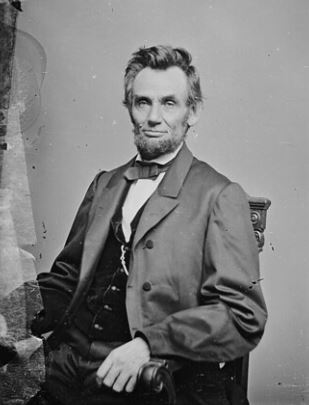
Lincoln’s victory, coupled with his antislavery stance, intensified fears among Southern leaders about the potential erosion of their rights and the institution of slavery. In Louisiana, this electoral outcome served as a catalyst, further galvanizing the momentum toward secession.
Secession Convention in Louisiana
In the wake of these political tremors, Louisiana convened a Secession Convention in January 1861.
Governor Thomas Overton Moore called for the election of delegates to a secession convention. Delegates from across the state deliberated on the path forward, weighing the consequences of remaining in the Union against the perceived threats to their values and interests.
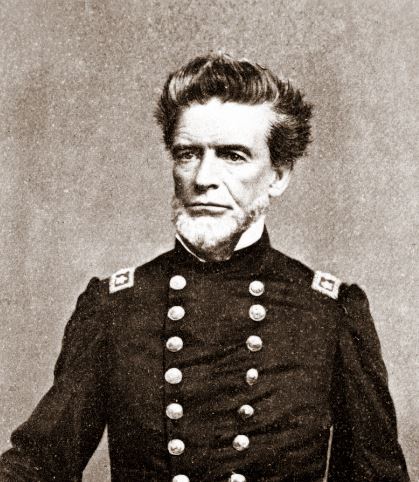
The convention, comprising influential voices from various sectors of society, ultimately tipped the scales in favor of secession.
The climax came on January 26, 1861, when Louisiana officially declared its secession from the Union.
Subsequently, Louisiana’s formal entry into the Confederate States of America marked a crucial turning point. The state, now aligned with other Southern states, became an active participant in the Civil War, contributing troops, resources, and strategic importance to the Confederate cause.
2. Louisiana’s Contributions to the Confederacy
As a Confederate State, Louisiana played a significant role in shaping the course of the Civil War. From military engagements to vital resources, the state’s contributions were both substantial and far-reaching.
Military Personnel and Leadership
Louisiana’s commitment to the Confederate cause was evident in the substantial number of men who enlisted in the Confederate Army.
The state provided a steady stream of soldiers who fought in major battles, from the early engagements in Virginia to the later campaigns in the Western Theater.
Notable Civil War military leaders and units from Louisiana included:
Military Leaders
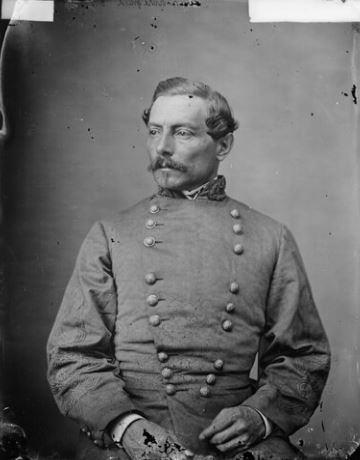
- P.G.T. Beauregard: A prominent Confederate general and Louisiana native who ordered the assault on federal troops at Fort Sumter.
- Braxton Bragg: A Confederate general who commanded significant independent armies during the war and had ties to Louisiana.
- Richard Taylor: A Confederate general who led significant independent armies during the war and was associated with Louisiana.
- Henry Watkins Allen: Led a brigade during the middle of the war and later became the Confederate governor of Louisiana.
- Randall L. Gibson: A brigadier general under Richard Taylor and later a U.S. senator.
Military Units
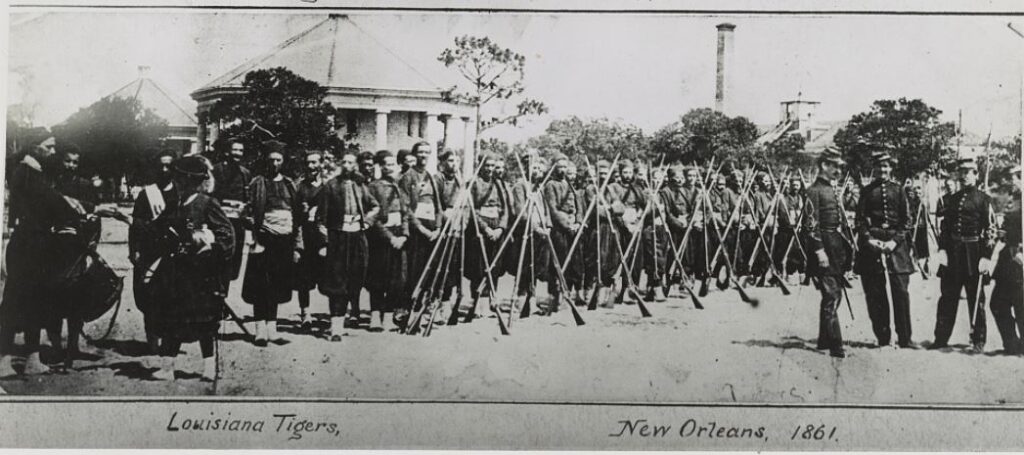
- Louisiana Tigers: A nickname for the 1st Louisiana Brigade, known for their fierce combat reputation.
- 18th Louisiana Infantry Regiment: Fought in various battles, including Gettysburg and Antietam.
- Pelican Battery: An artillery unit that served in the Western Theater of the war.
These leaders and units played significant roles in the Civil War, with many of them being closely associated with the state of Louisiana.
Strategic Geographic Importance
Geographically, Louisiana held a strategic position within the Confederacy.
The control of the Mississippi River, vital for transportation and trade, was fiercely contested throughout the war. The fall of New Orleans in 1862 was a critical blow to the Union, and subsequent battles and skirmishes along the river shaped the conflict in the Western Theater.
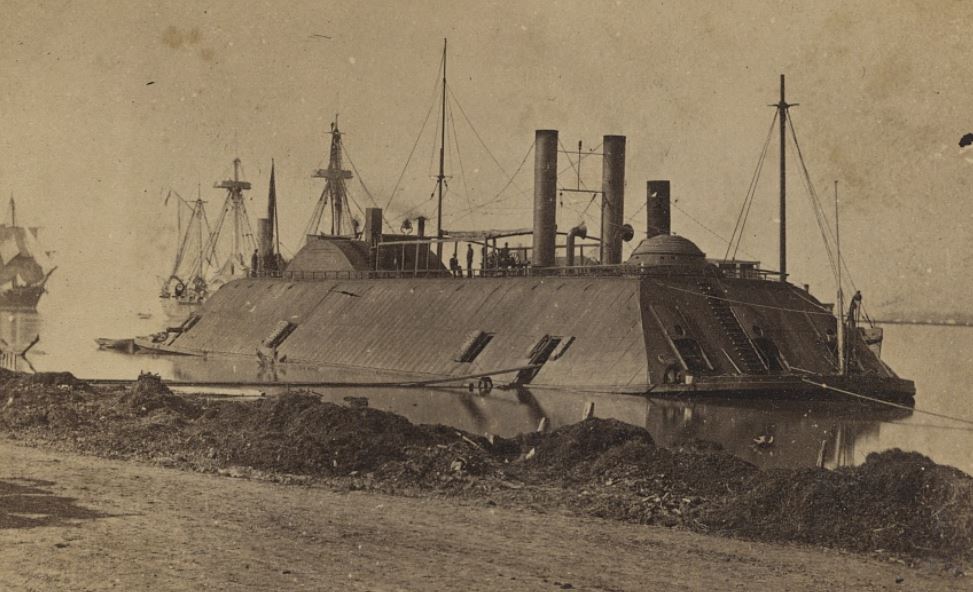
Some key battles in Louisiana included:
- Battle of Fort Jackson and St. Philip, Louisiana (April 18-28, 1862, and the Capture of New Orleans, Louisiana (April 25, 1862)
- Battle of Baton Rouge, Louisiana (August 5, 1862)
- Siege of Port Hudson (May 22 – July 9, 1863)
- Battle of Mansfield, Louisiana (April 8, 1864)
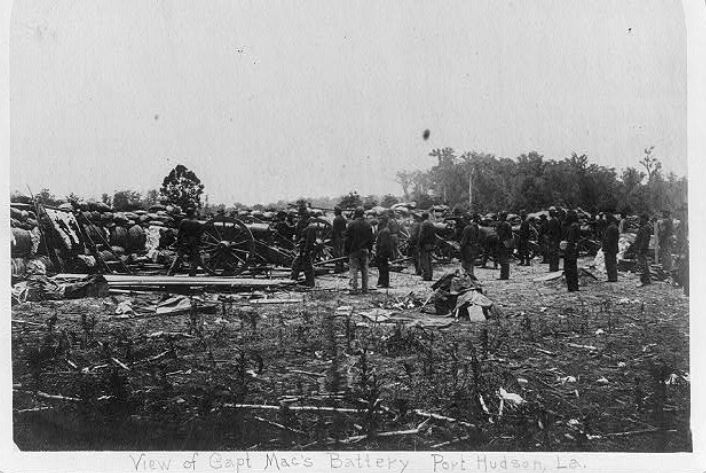
For more information about Louisiana’s most significant battles, please read here.
Louisiana’s Economic Contributions
Louisiana made significant economic contributions to the Civil War, primarily due to its status as a prominent slave state and its key role in the production of agricultural commodities. Some of the notable economic contributions include:
Slavery and Cotton Production: Louisiana was a prominent slave state, with nearly half of its population being slaves by 1860. The state was a major producer of cotton, and the labor of enslaved people contributed significantly to the Confederate economy during the war
Sugar Production: Louisiana was a leading producer of sugar in the United States during the antebellum period, providing a substantial portion of the sugar consumed in the country. The state’s sugar industry played a crucial role in the Confederate economy
Strategic Importance: Louisiana’s control of the Mississippi River and its access to the port of New Orleans were strategically significant for both the Confederacy and the Union. The Union’s capture of New Orleans in 1862 had a substantial impact on the Confederate economy, while the state’s agricultural production continued to be a valuable asset for the Confederacy
These factors combined to make Louisiana’s economic contributions vital to the Confederate war effort during the Civil War.
War on the Home Front
Beyond the battlefield, Louisiana’s civilian population played a crucial role in supporting the Confederate cause.
The civilian population of Louisiana faced significant hardships during the Civil War, including:
Shortages due to the Union Blockade: The Union blockade of Confederate ports led to severe shortages of goods, impacting the daily lives of civilians.
Conscription: Many Louisianans were conscripted into the Confederate army, leading to a strain on the labor force and the separation of families
Impact on Daily Lives: The war led to significant disruptions in the daily lives of civilians, with many facing fear, uncertainty, and deprivation. Families were forced to abandon their homes as occupying forces approached, leading to widespread displacement and hardship.
These hardships, combined with the state’s economic and strategic significance, made Louisiana’s experience during the Civil War particularly tumultuous and challenging
3. Union Occupation in Louisiana
The ebb and flow of the Civil War brought Union forces into Louisiana.
The Union Army captured several key cities in Louisiana during the American Civil War, but the most notable captures were:
- New Orleans: Considered the crown jewel of the Confederacy, New Orleans fell on April 25, 1862, after Admiral Farragut’s fleet navigated past Confederate forts guarding the Mississippi River. This capture was a major turning point in the war, cutting off the Confederacy’s access to vital trade and resources.
- Baton Rouge: The state capital, Baton Rouge, was captured without opposition on May 9, 1862, following the fall of New Orleans. This further solidified Union control over the lower Mississippi River.
- Alexandria: During the Red River Campaign of 1864, Union forces led by General Banks captured Alexandria on March 14th. This victory aimed to open a pathway towards Texas and capture Shreveport, but ultimately the campaign failed.
Other towns and cities in Louisiana were also occupied or contested by the Union Army throughout the war, including Donaldsonville, Thibodaux, Plaquemine, and Morgan City. However, the captures of New Orleans and Baton Rouge stand out as the most significant due to their strategic importance and impact on the overall course of the war.
Occupation of New Orleans, Louisiana
In April 1862, Union forces achieved a pivotal victory with the capture of New Orleans, the largest city in the Confederacy at the time.
The fall of this strategic port city was a severe blow to the Confederate war effort.
The Union occupation of New Orleans meant that the economic and industrial heart of Louisiana was now under federal control.
Control of the Mississippi River
The Union’s strategic focus on gaining control of the Mississippi River had profound implications for Louisiana.
As Union forces advanced, key locations along the river, including Baton Rouge, Vicksburg, and Port Hudson, became crucial points of contention. The Union sought to tighten its grip on the river, severing Confederate supply lines and isolating Southern forces.
Challenges for the Confederacy
The Union occupation brought about significant challenges for the Confederate government and its supporters in Louisiana.
The loss of key cities and control over transportation routes hampered the Confederacy’s ability to move troops and supplies.
Additionally, the presence of Union forces fueled internal divisions among the civilian population, with some supporting the Union cause while others remained committed to the Confederacy.
Impact on Civilian Life in Louisiana
The daily lives of Louisianans during the Union occupation were marked by a complex interplay of cooperation and resistance.
While some residents adapted to the new circumstances and sought economic opportunities under Union rule, others clung to Confederate sympathies, facing hardships and reprisals. The occupation disrupted society, as martial law and military governance became a reality for many communities.
Emancipation and Social Changes
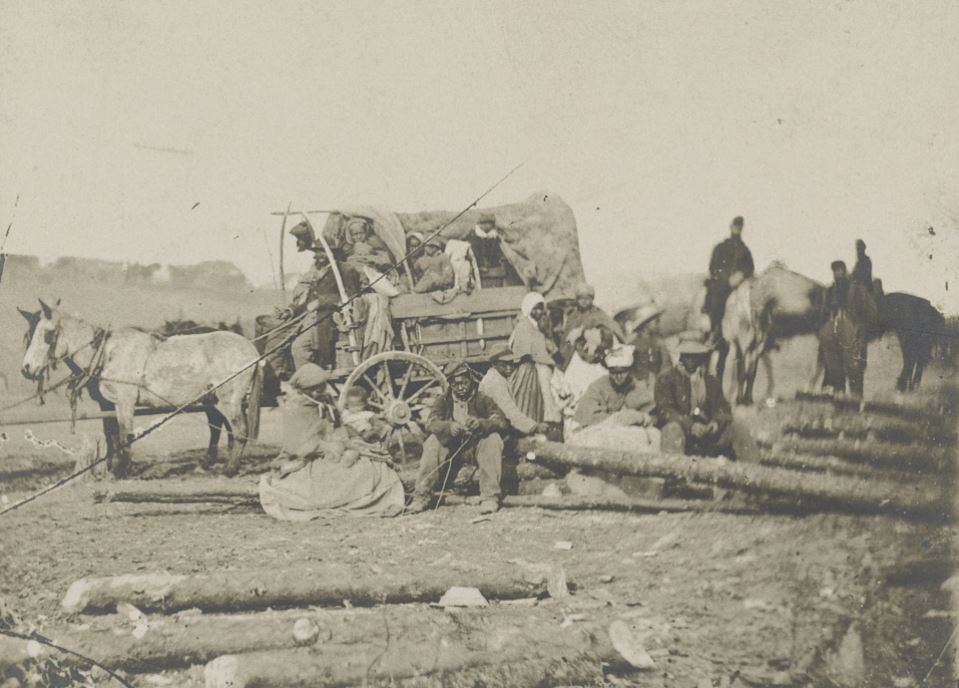
The Union occupation also had profound social consequences, particularly in the realm of slavery.
As Union forces advanced, emancipation became a reality for enslaved individuals in areas under Union control. This shift in the status quo laid the groundwork for broader societal changes in the South.
4. The Lasting Impact and Long-Term Effects of the Civil War on Louisiana
The echoes of the Civil War reverberated long after the cannons fell silent. The war’s aftermath brought about reconstruction, social upheaval, and economic transformation, shaping the state’s trajectory for decades to come.
Reconstruction Challenges
Louisiana, like other Southern states, faced the daunting task of rebuilding in the aftermath of the war. The physical devastation wrought by battles and occupation demanded extensive reconstruction efforts. Furthermore, the state grappled with the socio-political challenges of reintegrating into the Union and reshaping its government and institutions.
Social and Racial Changes
The abolition of slavery during the war ushered in a new era for Louisiana’s African American population. Emancipated individuals sought to assert their rights and carve out a place in a society grappling with the remnants of racial hierarchies. However, the promise of freedom was met with resistance, leading to a protracted struggle for civil rights and equality.
Economic Transformations
The war disrupted Louisiana’s agrarian economy, as plantations faced the challenges of labor shortages and economic upheaval. The decline of the plantation system and the rise of sharecropping marked significant shifts in the state’s economic landscape. Additionally, the impact of the Union blockade and the war’s toll on infrastructure posed challenges to economic recovery.
Enduring Divisions
The scars of the Civil War and Reconstruction left enduring divisions within Louisiana’s society. Lingering resentments and disagreements over the war’s causes and aftermath persisted, shaping political and social dynamics for generations.
Memorials and Remembrance
Louisiana, like many Southern states, erected memorials and monuments to commemorate the sacrifices of those who fought in the Civil War. These symbols, while reflecting a desire to honor the past, also became focal points for debates over historical interpretation and the legacy of the Confederacy.
Further Reading
If you enjoyed this article, you may be interested to read more about Louisiana in the Civil War or other American Civil War events, such as battles in Maryland, North Carolina or more general American history.

